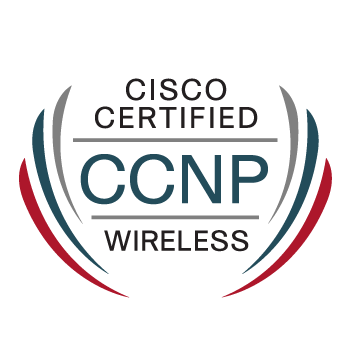- Cisco Community
- Technology and Support
- Security
- Network Security
- Re: Firewall Issues?? Multiple VLANS & SLA ISP
- Subscribe to RSS Feed
- Mark Topic as New
- Mark Topic as Read
- Float this Topic for Current User
- Bookmark
- Subscribe
- Mute
- Printer Friendly Page
Firewall Issues?? Multiple VLANS & SLA ISP
- Mark as New
- Bookmark
- Subscribe
- Mute
- Subscribe to RSS Feed
- Permalink
- Report Inappropriate Content
10-20-2024 02:42 AM
In my setup, I have 10 VLANs that all need internet access. The issue I encountered is that only one VLAN is able to reach the internet using its next hop to the firewall. I tried configuring 10 separate default routes for each VLANs, but while I was able to ping 8.8.8.8, I couldn't ping the ISP gateway. The internet connection was unstable—pages would start loading but never fully load. However, when I configured a single default route for VLAN 10, I was able to browse the internet normally for VLAN 10 network only.
Additionally, I set up an SLA for backup ISP failover, but when I disconnected the primary ISP, the failover didn’t work.
Configured in core switch: VLANs, SVI, Port Channel, and default route (ex. ip route 0.0.0.0 0.0.0.0 <subinterfaces ip>)
Configured in firewall: Port channel-subinterfaces of vlans, auto nat dynamic for each vlan (example. source: subinterface of vlan 10, original address: network of vlan 10, destination: outside interface, translated address: interface), static route to isp gateway, inside to outside policy
Nat only configured for ISP 1, should I configure the nat for isp 2?
My configuration for SLA monitor.... ISP 1: metric-1, monitor address-ISP 1 address, target interface-isp 1 outside interface......... ISP 2: metric-10, monitor address-ISP 2 address, target interface-isp 2 outside interface.
- Mark as New
- Bookmark
- Subscribe
- Mute
- Subscribe to RSS Feed
- Permalink
- Report Inappropriate Content
10-20-2024 03:30 AM - edited 10-20-2024 03:32 AM
The first question is where you want to terminate your VLANs?
- On the switch? This will likely give you more throughput between VLANs but only limited control.
In this case, you only have one transfer VLAN between the switch and the firewall, and this is used for routing between the devices. The Switch has the default route, and the firewall needs dedicated routes to the core switch to reach the internal networks.
You need a NAT config that covers the transfer interface and all internal VLANs. - On the Firewall? This will give you full control of the firewalling between VLANs, but inter-VLAN routing might be slowed down.
In this case the SVIs on the switch should be removed and the end devices use the IP on the Firewalls' sub-interfaces as the default gateway.
You need a NAT config that covers all internal interfaces and VLANs.
In either case, the NAT is needed for both ISP1 and ISP2.
- Mark as New
- Bookmark
- Subscribe
- Mute
- Subscribe to RSS Feed
- Permalink
- Report Inappropriate Content
10-20-2024 03:42 AM - edited 10-20-2024 04:22 AM
How about on firewall, if so, does the restriction of VLANs communication should be done in the firewall like creating a policy for inside to inside? Should I remove SVI in core switch? core switch act as a DHCP server since firewallmmodel is limited for /24? will it work? connection of firewall and core switch is in ethechannel
- Mark as New
- Bookmark
- Subscribe
- Mute
- Subscribe to RSS Feed
- Permalink
- Report Inappropriate Content
10-20-2024 07:26 AM
In general, the SVIs should only be on that device that controls the VLAN. If you still have theSVI on the Core and IP routing is enabled, users could circumvent the controls by just changing the default gateway to the core.
I would configure a PC based DHCP server in one dedicated firewall network and use the DHCP relay features to send the request to this server.
- Mark as New
- Bookmark
- Subscribe
- Mute
- Subscribe to RSS Feed
- Permalink
- Report Inappropriate Content
10-20-2024 08:19 AM
but is it possible to make a core as a DHCP server? then I would configure the DHCP relay in firewall? tho I tried it to packet tracer, and it worked. I also changed the IP of subinterfaces to .1 and SVI is .2. It's like doing a router on a stick
- Mark as New
- Bookmark
- Subscribe
- Mute
- Subscribe to RSS Feed
- Permalink
- Report Inappropriate Content
10-31-2024 12:54 AM
this issue solved ?
MHM
Discover and save your favorite ideas. Come back to expert answers, step-by-step guides, recent topics, and more.
New here? Get started with these tips. How to use Community New member guide



